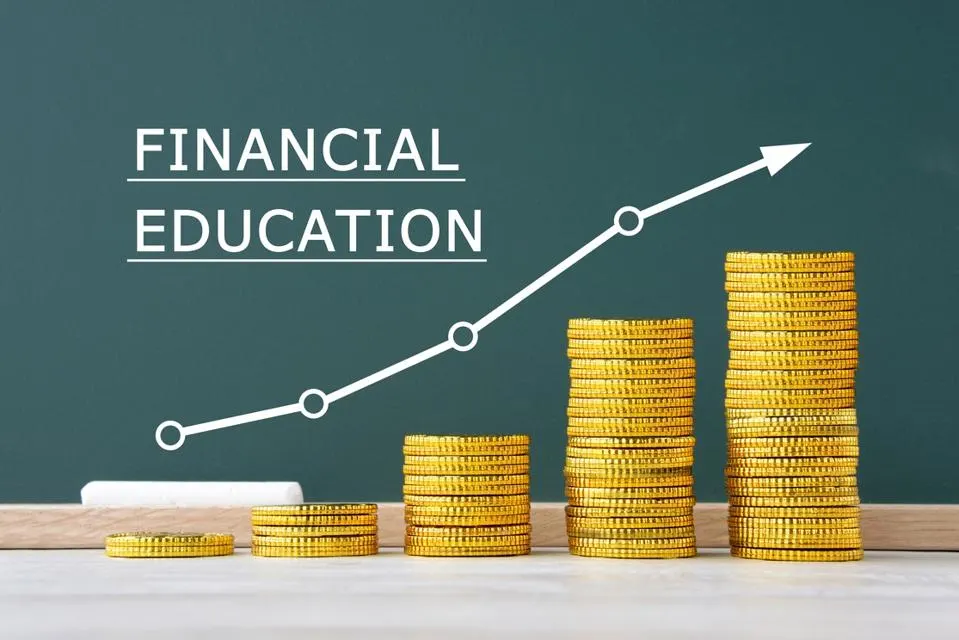In a year defined by AI innovation, geopolitical tariffs, and shifting taxes policy, the 2025 stock market promises both opportunity and risk. With the S&P 500, Nasdaq, and global indices setting new records, investors are asking: which sectors—and taxes considerations—will drive future returns and volatility?
🔍 Overview: Global Stock Landscape in 2025
- Record highs in the U.S. have been led by megacap “Magnificent 7” (Apple, Microsoft, Nvidia, etc.)—up ~27% vs. 11% for the rest of the S&P 500
- But volatility lurks: HSBC warns of risks from rising yields, tariffs, labor weakness, AI froth and policy politics
- A mid‑year crash in April (a 10% drop over 2 days due to Trump-style tariffs) rattled global markets, though they recovered by June
These themes—AI-fueled growth, policy shockwaves, volatility from taxes and trade—loom large as we look ahead.
1. 🚀 Tech & AI – Taxes Tailwinds or Headwinds?
Why it matters
Tech remains central: Raymond James projects it will deliver strongest EPS growth and margins in 2025 Morgan Stanley highlights AI as a productivity driver akin to the late ’90s tech boom
Key trends
- Mary Ann Bartels forecasts S&P 500 could reach 7,000 by end‑2025 thanks to Big Tech & AI, calling skepticism “bullish in disguise”
- Heavy sector concentration poses breadth risk: only a few names are driving gains
- Taxes factor: proposed digital services taxes and global minimum tax could impact margins and valuations.
What to watch
- Corporate taxes related to R&D credits and repatriation could influence capex and earnings.
- AI regulatory risk and semiconductors tariffs may compress margins.
2. Financials & Industrials – Taxes & Inflation Arsenal
Why it matters
Wells Fargo rates financials and industrials as top sectors through 2025 boosted by deregulation, infrastructure spending, and higher rates.
Key trends
- Industrial stocks have seen strong returns due to aerospace/defense orders and AI investment, aided by taxes incentives MarketWatch.
- At the same time, rising yields challenge rate-sensitive small-caps Reuters.
What to watch
- Federal taxes: lower corporate tax or investment tax credits could boost capital-intensive sectors.
- Infrastructure and defense budgets dependent on political consensus and trade tariffs.
3. Energy & Commodities – Taxes, Tariffs & Geopolitics
Why it matters
Despite YTD underperformance, energy is poised for a bounce due to supply constraints and commodity trade disruptions
Key trends
- UK FTSE’s energy and defense names leading its rally; global investors rotate there amid macro uncertainty
- Oil shocks remain crucial: volatility spikes seen after tariff announcements
What to watch
- Taxes: fuel, carbon, export duties will influence margins.
- Trade policies: tariffs on Russian oil or Chinese exports may disrupt global supply and prices.
4. Healthcare & Consumer Discretionary – Taxes, Reform & Recovery
Why it matters
These sectors offer defensive and cyclical exposure, both sensitive to taxes, regulation, and consumer sentiment.
Key trends
- Healthcare valuations have softened post‑tariffs, but still show quality underperformance
- Consumer discretionary has rebounded YTD thanks to resilient spending
What to watch
- Taxes on medical devices, pharmaceuticals, and repatriated corporate earnings.
- Policy reforms: drug pricing caps or tax credits for clean energy adoption.

5. Utilities & Real Estate – Defensive Plays with Taxes Appeal
Why it matters
With interest rate uncertainty, utilities and REITs can provide yield and stability.
Key trends
- Schwab classifies utilities and real estate as “market‑perform,” supported by value and stability factors Schwab Brokerage.
- If Fed cuts materialize and bonds rally, REITs may benefit.
What to watch
- Property taxes, infrastructure bills and green energy subsidies.
- Interest rate shifts and inflation expectations.
📊 4 Factors Behind 2025 Market Volatility & Growth
- AI–Tech Concentration – Driving valuations and sentiment, though masking narrow leadership
- Tariff & Trade Cycles – April crash evidence shows risk from policy unpredictability
- Interest Rates & Yields – Rising U.S. Treasury yields above ~4.5% threaten equities
- Taxes & Fiscal Policy – Corporate and individual tax policy shifts can either fuel or deflate sector performance (infrastructure incentives vs. business taxes burdens).
✅ Key Takeaways
- Diversification is critical – rely less on mega‑cap tech; include financials, industrials, energy, utilities.
- Stay tax‑smart – monitor how corporate and product taxes (e.g. digital levies, green credits) affect earnings.
- Be cautious around policy events – elections, Fed decisions, and tariff deadlines can trigger volatility.
- Use volatility as opportunity – pullbacks like April’s crash could offer buying moments in quality names.
“Tech is expected to have the strongest EPS growth and margins of any S&P 500 sector in 2025.”
– Raymond James research
“Mary Ann Bartels… predicts a 12% rise in the S&P 500 by the end of 2025, driven by advancements in AI.”
Frequently Asked Questions
Q1: How will taxes impact returns in 2025?
A1: Corporate and digital taxes may compress margins in tech and energy. Conversely, tax credits for R&D, green energy, and capex could boost industrials and utilities.
Q2: Should I avoid tech due to valuation and tax risk?
A2: Not entirely—continue allocating to AI and mega‑caps smartly, but balance with cyclicals and yield plays to cushion tax- or policy-driven shocks.
Q3: How do tariffs tie into stock volatility?
A3: Tariffs trigger sudden volatility (see April crash). Use sector rotation and derivative hedges to manage exposure, especially in sectors impacted by trade.
Q4: Will taxes change if a new administration is elected?
A4: Yes. Changes to top corporate tax rates, infrastructure, clean energy incentives, or digital levies could reshape sector profitability.
Further Reading & Links
- Morgan Stanley’s Mid‑Year Outlook: muted but positive gains
- Fidelity’s 2025 Sector Outlook: AI, falling rates & economy Fidelity
- Investors.com: S&P/Nasdaq highs + risks/clues Investors
- U.S. Bank on large-, mid-, small‑cap dynamics and sector performance
🧭 Final Thoughts
2025’s stock market outlook is a dynamic interplay of innovation, policy, taxes, and global uncertainty. While tech and AI continue to lead, savvy investors should broaden exposure to financials, industrials, energy, and yield-generating sectors to navigate volatility. Keep taxes, tariffs, and fiscal policy on your radar—to turn regulatory risk into portfolio opportunity.






Leave a Reply